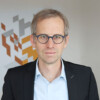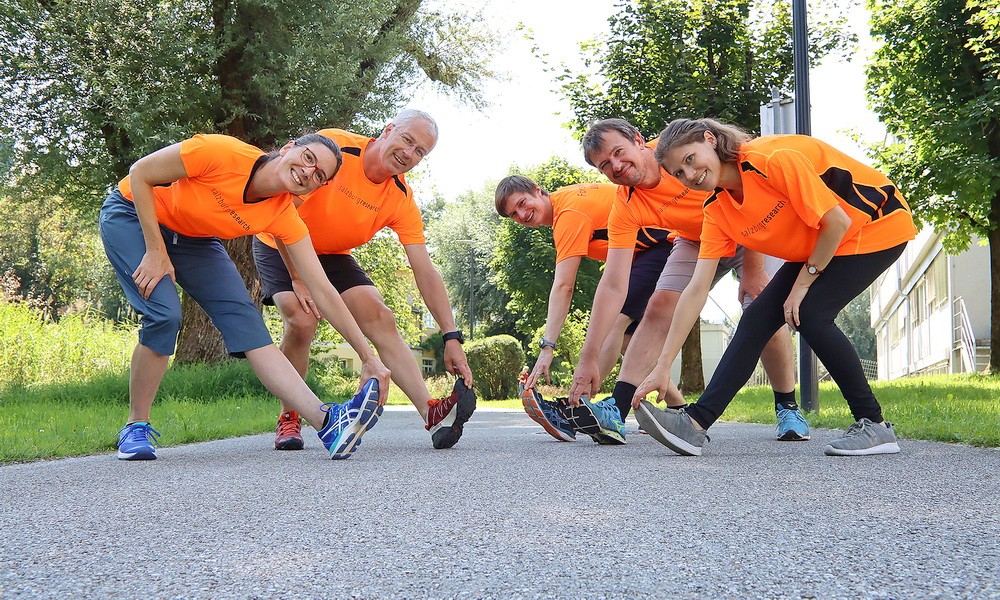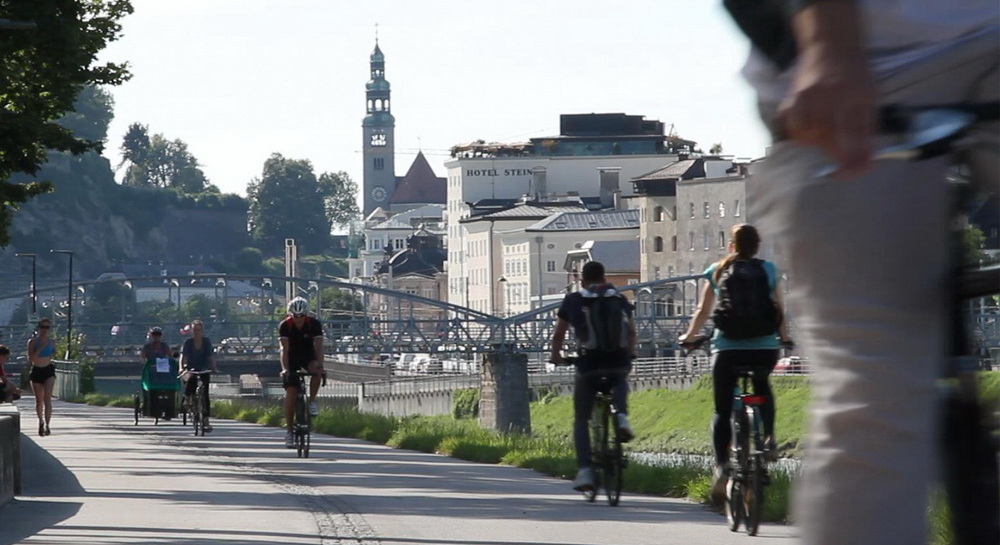
Research Results for a Targeted Planning of Cycling
Bicycle traffic is an important part of the envisaged energy and mobility transition. In order to be able to plan the measures according to the actual needs of cyclists and to be able to use funding efficiently, current decision-making bases are required. The necessary bicycle data for the greater Salzburg area has now been collected, evaluated and made available: The results are a bicycle dashboard that offers a real-time picture of bicycle mobility for decision-makers and the identification of four different types of cyclists.
Most of the measures to promote cycling are geared towards average cyclists, but these do not exist in this form. The group of people cycling is extremely diverse and very different. This diversity must be taken into account if funding measures are to have a broad impact.
International bicycle traffic experts agree: The basis for relevant decisions on bicycle traffic management and for planning and evaluating measures is valid data. A survey in context of the research shows the brisance: 98 percent of the more than 300 participating cycling experts consider data on bicycle mobility to be important or very important for their respective area of activity. However, only eleven percent stated that they could manage all tasks with the available data. So between demand and availability of such data gapes usually a gap.
This is where the Bicycle Observatory consortium came in: data from different sources were interlinked in order to obtain the most comprehensive possible picture of bicycle mobility in Salzburg.
Keeping An Eye On Cycling: Data As An Important Basis For Decision-Making
For the greater Salzburg region, movement data from mobile applications, mobility surveys and the results of focus group interviews were brought together in the research project. The particular challenge here lay in the conceptual and technical merging of the different databases.
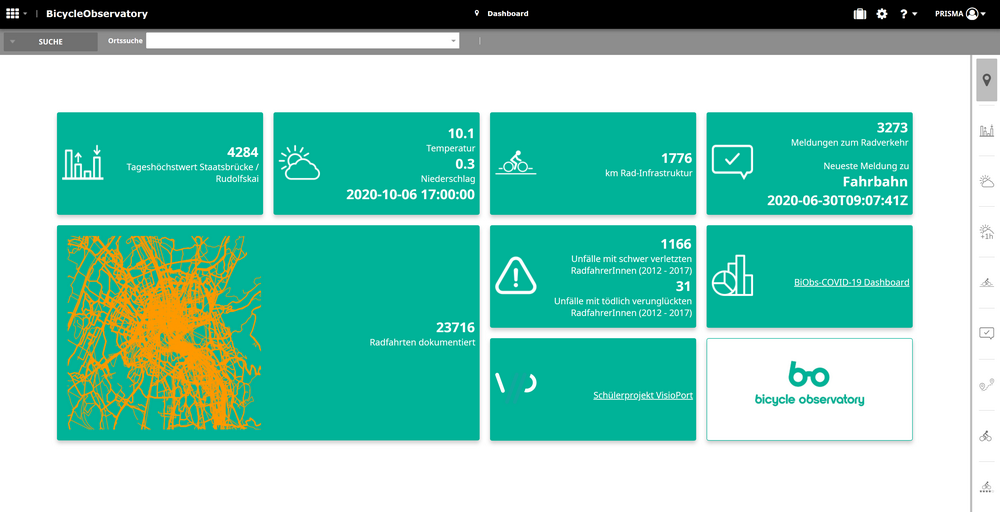
In order to put the collected data to the best possible value, a clear dashboard was developed: In the dashboard, data and analysis results are clearly presented in the form of maps, diagrams and key figures. This gives decision-makers a real-time picture of bicycle mobility.
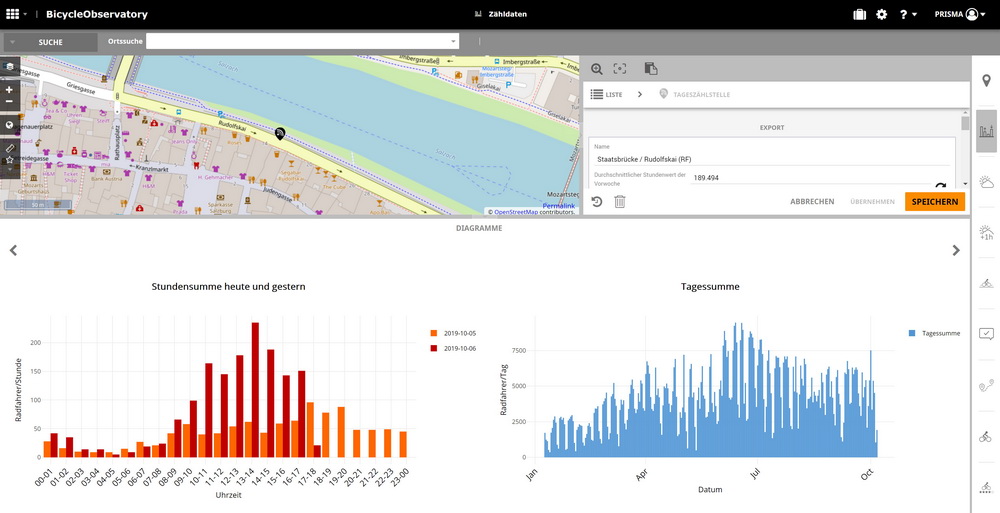
Cyclists Are Very Different: Four Types Of Cyclists
In a so-called mixed-method approach, different types of cyclists were derived from different data sources. To this end, over 1,000 people were asked about their mobility behaviour as well as their values and lifestyles. In this analysis, four types of cyclists emerged who differ noticeably in their attitude towards cycling and in their mobility behaviour.
Are you more Margit, Basti, Lisa or Volker?
As stylized models, the four cycling types help to make the heterogeneity of the cycling community clearly recognizable. The individual types differ greatly in whether they tend to ride in everyday life or in their leisure time, whether cycling is more of a passion or just a means of transport, whether they only ride their bikes in sunshine or in bad weather and whether they use routine routes or rather improvise.
About Bicycle Observatory
In the research project “Bicycle Observatory – On the pulse of bicycle mobility”, a multi-dimensional, spatially differentiated picture of the situation of bicycle traffic has been designed in the past few months by merging technical sensor data and social science survey data in order to improve the understanding of bicycle traffic as an overall system and its heterogeneity within the group of cyclists. The findings that were collected in the Salzburg test room can be applied in general.
Consortium: University of Salzburg – Geoinformatics Department Z_GIS (project management), Salzburg Research Forschungsgesellschaft mbH, Helios – Agency for Sustainable Mobility, PRISMA solutions EDV-Dienstleistungen GmbH. The Bicycle Observatory research project was funded by the Climate Protection Ministry in the “Mobility of the Future” program.
Cover picture: © University of Salzburg, Bernhard Zagel

